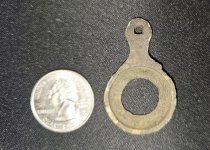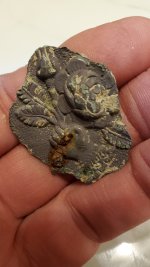Patriot Relics
Silver Member
- Feb 6, 2014
- 3,708
- 5,569
- 🥇 Banner finds
- 5
- Detector(s) used
- CTX-3030, Deus XP II
- Primary Interest:
- Relic Hunting
Hey guys,
Posted this fragment prior to electrolysis, but still working on an ID. It was recovered Richmond, VA, is slightly over 5 inches in diameter, and weighs 4 lbs. Some have speculated it may be a union naval shell. Thanks for the help!
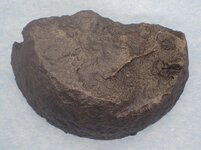
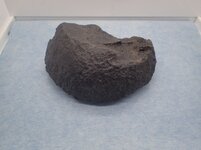
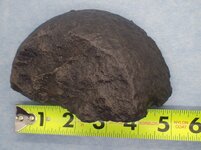
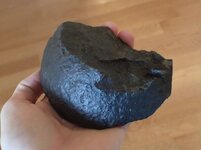
Here's what it looked like before a week in the electrolysis bath-
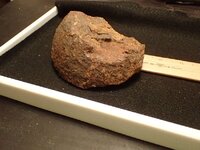
Posted this fragment prior to electrolysis, but still working on an ID. It was recovered Richmond, VA, is slightly over 5 inches in diameter, and weighs 4 lbs. Some have speculated it may be a union naval shell. Thanks for the help!




Here's what it looked like before a week in the electrolysis bath-

Upvote
0



